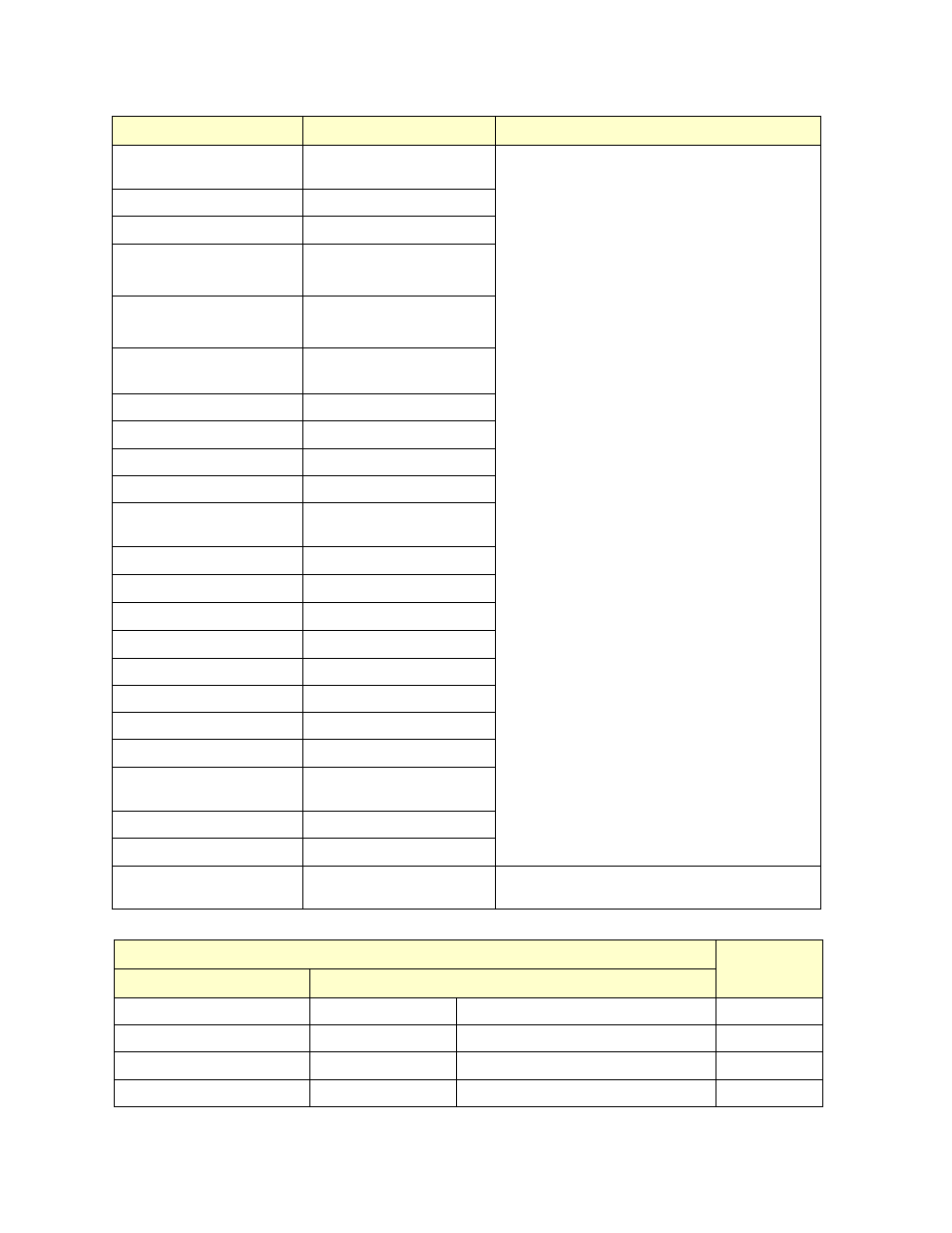Technical specifications – Retrotec DM32 User Manual
Page 68

Page 68 of 94
©Retrotec Inc. 2014
9. Technical Specifications
Retrotec DM32
Dimensions (l × w × h)
14.7 Ч 9.2 Ч 3.5 cm
5.79 x 3.62 x 1.38 in
Channel / Output dBm
• ISM Band 2.400 to 2.484 GHz operation
• Channels 1-11
• Application throughput: 4500 kbps
• -95 dBm Typical sensitivity at 1 Mbps
• +18 dBm Typical 802.11b TX power with
control
• +16 dBm Typical 802.11g TX power with
control
FCC Certification
Radio regulation certification for United
States
(FCC), Canada (IC), and Europe (ETSI)
CE Certifications
EN 61010-1: 2010
EN 61326-1
RoHS Compliant
Battery life between charges
Current draw WiFi (DISABLED) 371 mA and will last
approx. 11 hours on a single charge.
Current draw WiFi (ENABLED) 430 mA and will last
approx. 9 hours on a single charge.
Weight
340 g, 12 oz
Battery
4200 mAh LiPoly rechargeable
Current draw WiFi (DISABLED)
371 mA and will last approx.
11 hours on a single charge.
Current draw WiFi (ENABLED)
430 mA and will last approx. 9
hours on a single charge.
Display Size
/ Type
3.2 inch (8.2 cm) QVGA touch
screen display with backlight
Microcontroller
32 bit
Channels
2
Sensor Type
Digital
Pressure Range
+/- 5 in WC (+/- 1244 Pa)
Pressure Resolution
0.1 Pa (0.0004 in WC, 0.002
psf)
Temperature
compensated
0
C to 50
C
operating
-40
C to 85C
storage
-40
C to 85C
humidity
0 to 95% RH
Overpressure
150 in WC, or 37 kPa
Burst Pressure
150 in WC, or 37 kPa
Calibration interval
5 years
Integrated WiFi
Create Hotspot (DM32W) or
Join (DM32)
Integrated Ethernet
Yes (Static IP or DHCP)
Serial Connection
RS-232 via USB
Pressure measurement
rate
16 samples/second
RF EMISSIONS STANDARDS TESTED
Test Method
Specification
Emission Standards
EN 300 328 V1.7.1 (2006-10)
4.3.1
Maximum Transmit Power
5.7.2
EN 300 328 V1.7.1 (2006-10)
4.3.2
Maximum EIRP Spectral Density
5.7.3
EN 300 328 V1.7.1 (2006-10)
4.3.3
Frequency Range
5.7.4
EN 300 328 V1.7.1 (2006-10)
4.3.6
Transmitter Spurious Emissions
5.7.5
